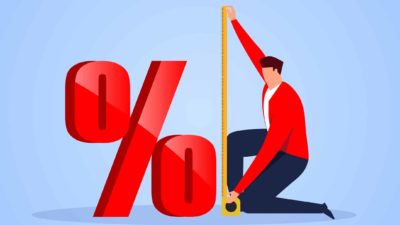Damage to the economy caused by Australia's bushfire crisis has increased the chances of an interest rate cut next month. According to reporting in The Australian, the chance of a February rate cut has increased from 38% to nearly 60% since the end of last month.
The economic impacts of the bushfires have been widespread, hitting agriculture, tourism, household spending and worker productivity, which is predicted to add to ongoing pressure on the RBA to further reduce the cash rate.
Tourism and farming hit hard
The Australian article reports that analysis from Capital Economics has estimated the bushfires' impact on tourism and farming alone will reduce economic growth by 0.1% this quarter. Bushfires on the east coast of Australia have turned tourist towns into ghost towns during peak season, as travellers flee. The article reports that a 10% drop in tourism spending in NSW and Victoria could reduce GDP by an estimated $250 million a month.
Domestic tourists are cancelling trips and international tourists are reconsidering Australia as a destination as the fires make international news. Spillover into the broader economy has not been avoided either – smoke haze in major cities may have kept shoppers (and their wallets) at home. Workers, too, may have opted to skip the smoky commute, reducing output across industries.
Cost to Australian economy
The cost to the Australian economy of this summer's bushfire season has already likely topped $2 billion and is still climbing, according to the Sydney Morning Herald. In addition, the smoke haze impacting major cities is likely to have reduced national economic output by some $500 million since the start of the summer, through a combination of lost productivity, lowered spending, and ill health.
Potential economic stimulus
Some economic stimulus can be expected due to the extra hours worked by firefighters and the government deployment of military assets, which could provide a boost to government consumption. With some 1,800 homes destroyed, rebuilding efforts (when they eventually occur) could also provide stimulus.
For local communities, however, the question will be whether they can bounce back from the disaster. Some people may choose to leave burnt out areas for good. Where the population drifts away, the benefits of rebuilding stimulus will be limited.
Is a rate cut on the cards?
Economists predict the bushfires will add to ongoing pressure on the RBA, increasing the chances of a February rate cut. It is predicted that the fires will add to the flow of weak economic data over the coming months resulting in movement away from the RBA's employment and inflation targets. The fires are likely to increase food prices and insurance premiums, acting as a tax on consumer spending, and adding to pressure for fiscal stimulus.
The federal government remains committed to delivering a budget surplus this financial year, leaving an easing in monetary policy as the salve for the bushfire battered economy. Lower interest rates will leave those with money in savings accounts earning negligible returns. This could further increase demand for dividend shares such as Westpac Banking Corp (ASX: WBC) and National Australia Bank Ltd (ASX: NAB).








